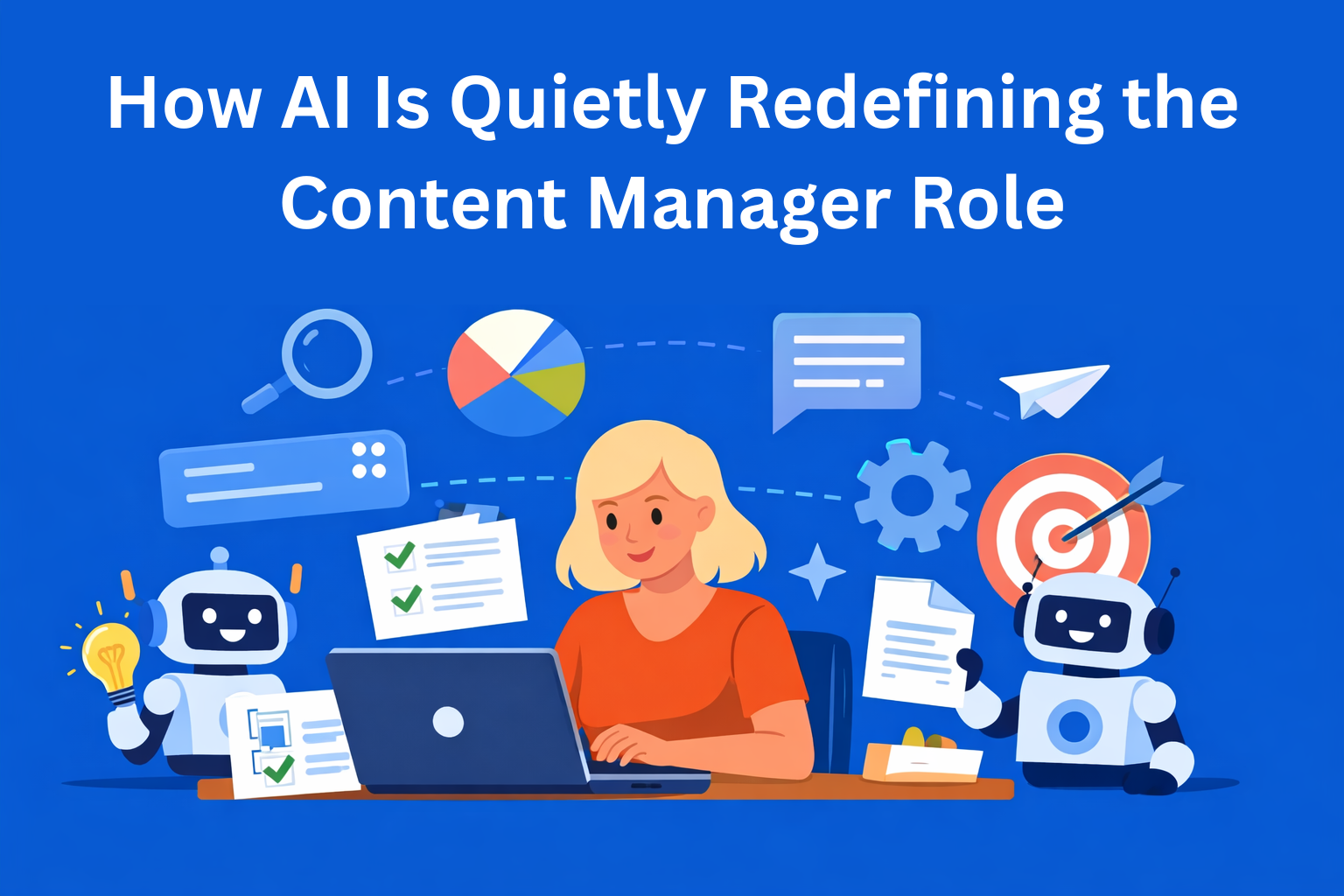How to Set Realistic Content Deadlines (And Actually Meet Them)
Struggling to hit content deadlines? Learn how to set realistic ones based on real data, not guesswork. This guide breaks down simple steps and tools (like EasyContent) to help your team plan smarter and publish on time, every time.

Setting deadlines for content can seem easy - until you start missing them. In this post, we’ll show you how to set them smartly and actually stick to them.
So let’s break the whole process down into clear, manageable steps using proven methods and tools that won’t make things more confusing (hello, EasyContent).
Key Takeaways
- Map your actual content workflow - not the “ideal” one. Know every step and who’s involved.
- Track how long each stage really takes using real data, not gut feeling. This avoids underestimating timelines.
- Identify common delays and weak spots like feedback bottlenecks, unclear briefs, or missing mini-deadlines.
- Set deadlines using backward planning based on how long each step takes, not when you *want* it done.
- Add buffer time to every step - because life happens, and extra time keeps things from falling apart.
- Use a tool like EasyContent to centralize your workflow, assign deadlines, and keep everything visible and organized.
1. Start by Mapping Out the Actual Workflow (Not the Ideal One)
Before you can set any realistic deadlines, you need to understand what your actual process looks like - not what you wish it looked like. Be brutally honest here.
For a typical blog post, your workflow might look like this:
- Topic research and ideation
- Creating an outline
- Writing the first draft
- Internal review
- Editing and SEO optimization
- Final approval
- Publishing
- Promotion (social media, email, etc.)
Each of these steps involves someone, a timeframe, and often multiple rounds of revision. Track all of that. You can use a Google Sheets - or if you want to save hours of back-and-forth - use EasyContent, which lets you create a custom workflow and assign roles to each step in the process.
2. Measure How Long Each Step Takes (No Guessing)
Here’s where most teams mess up: they assume. We think an outline takes one hour. We feel like editing takes a day. But when you actually measure it, writing might take 4 hours, and editing can stretch across 3 days due to feedback.
Use tools like Toggl, Harvest, or even a simple spreadsheet to track how long each step actually takes. Do this for at least 3 pieces of content to get a solid average.
If you’re using EasyContent, the platform automatically tracks progress through each workflow step. That way, you can quickly see where delays happen and how long each stage really takes.
Pro tip: Don’t forget to factor in feedback time. Waiting on approval often eats up the most hours.
3. Identify Critical Points and Trouble Spots
After tracking a few content pieces from start to finish, zoom out. Where does the process break down?
Common critical issues include:
- Waiting for manager or client approval
- Editors overwhelmed with tasks
- Writers getting unclear briefs
- No clearly defined deadlines for smaller steps
Realistic deadlines start with knowing where the problem is, not just trying to speed everything up.
4. Set Deadlines Based on Actual Data
Now that you know how long things really take, let’s build a schedule backwards.
Let’s say you want to publish a blog post every Friday. And you know:
- Research takes 1 day
- Writing takes 2 days
- Review and editing take 2 days
- SEO and final approval take 1 day
That’s 6 working days total. Which means you need to start the previous Friday. Not Monday. Not Tuesday. Definitely not Wednesday.
This is called backward planning. It helps your team stay realistic with time and avoid that last-minute Friday panic session.
Bonus: In EasyContent, you can assign deadlines to each step in your workflow, so when the writer submits a draft, the next person already has a deadline.
5. Use a System That Helps You Stick to Deadlines
Tools matter. If your content plan is buried in a forgotten spreadsheet, no one will stick to deadlines.
Instead, centralize everything in one place. EasyContent helps by offering:
- A customizable workflow so everyone knows the steps
- Automatic deadline assignments for each step
- A built-in content calendar to see what’s coming up
- Real-time collaboration - no more “waiting for the final version”
It’s way easier to meet deadlines when your tools clearly show who’s doing what and where things stand.
6. Leave Room for Life (Add Buffer Time)
Life happens. People get sick. Feedback gets delayed. Always add buffer time between steps.
If your data says writing takes 2 days, plan for 3. If editing takes 1 day, give it 2. Add 10-30% buffer depending on your team’s pace.
That way, if something goes wrong, your entire timeline doesn’t fall apart.
7. Review and Adjust Monthly
Even the best systems need tuning. Once a month, take a look at:
- Which steps are consistently late? (If any)
- Where did you underestimate time?
- Are the same people constantly holding things up?
Conclusion: Deadlines Aren’t the Enemy
Deadlines are only stressful when they’re made up. When they’re based on real data and your team’s actual capacity, they become the foundation of smooth and consistent content production.
If you need a tool to help you build this kind of structure, EasyContent is here to help. It’s built for teams that want to move from total chaos to an organized system.






